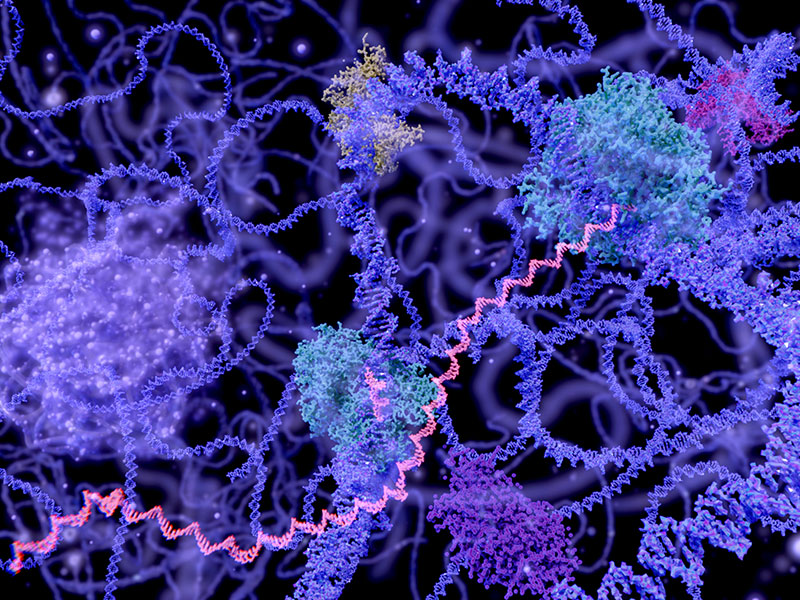Getting into a Cell’s Head
Scientists develop a way to monitor cellular decision making
Scientists develop a way to monitor cellular decision making

The healthy function, or disease-fueling dysfunction, of any given organ stems from the behavior, or misbehavior, of the individual cells that make up that organ.
Recent technological advances have enabled scientists to analyze the actions of cells, one at a time, but these technologies can yield only static snapshots of cellular activity. Capturing an individual cell’s behavior as a process that foretells its future rather than an occurrence frozen in time has thus far eluded scientists.
Now, for the first time, researchers at Harvard Medical School, working with colleagues at the Karolinska Institutet in Sweden, have succeeded in going beyond such cellular freeze framing and managed to capture a cell’s decision making as a dynamic process during which a cell determines what to do and where it’s headed.
The approach, described Aug. 8 in Nature, is a mathematical model that estimates RNA velocity—the rate of RNA change over time—as a predictor of cell fate on the timescale of hours.
The ability to capture cellular intent can help scientists better analyze cell function and dysfunction in complex tissues and organs—those composed of various cell types. In addition, it could help monitor how organs develop and how they respond to a given drug or therapy at the cellular level—an insight that can help gauge the efficacy of a treatment.
For their predictive model, scientists captured changes in mRNA, a messenger molecule that interprets the genetic code embedded in DNA and translates these instructions for cells, in essence giving them marching orders on how much of which protein to make.
“Estimating RNA velocity—or the rate of RNA change over time—is akin to observing the cooks in a restaurant kitchen as they line up the ingredients to figure out what dishes they’ll be serving up next,” said Peter Kharchenko, co-senior author of the study and assistant professor of biomedical informatics at Harvard Medical School.
© 2025 by the President and Fellows of Harvard College